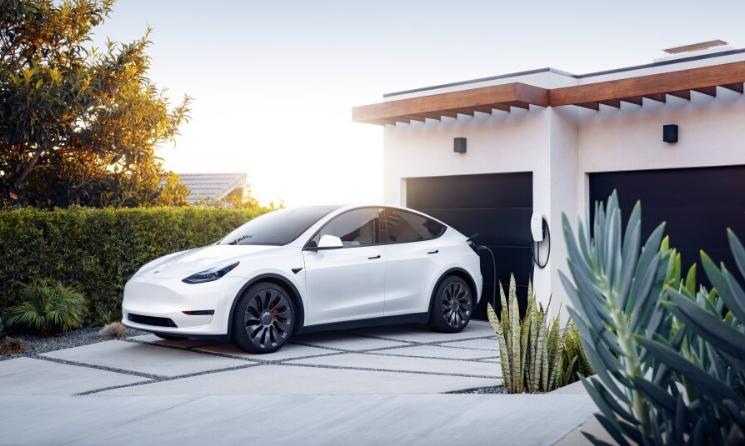Electric vehicles (EVs) are moving from the sidelines into the spotlight as the U.S. government aims for half of all new car sales to be electric by 2030. For eco-conscious consumers and savvy car buyers alike, EVs offer lower fuel costs than traditional cars and are now boasting comparable driving ranges.
When shopping for an EV, consider:
- Seating and Space;
- Cargo Capacity;
- Budgeting for an EV;
- Navigating Driving Range;
- Charging Times: Home and Away;
- Maintenance and Battery Longevity.
Seating and Space
Think about how many passengers you usually carry. Compact EVs are perfect for solo travelers or small families, but if you regularly fill all seats, a seven-passenger EV might be your match. Today’s EV market offers everything from sporty coupes to spacious SUVs, ensuring there’s a model for every need.
Cargo Capacity
Your lifestyle will dictate how much storage you require. Sedans generally have less room than hatchbacks, and SUVs top the chart for cargo space. Within each vehicle type, storage space can vary significantly, so choose a model that aligns with your cargo needs.
Budgeting for an EV
Historically pricier than their gasoline counterparts, EVs now have options across the financial spectrum. Budget-friendly models like the Chevrolet Bolt start under $30,000, while luxury enthusiasts can explore high-end models from Tesla to Mercedes-Benz, with some stretching into six figures.
Navigating Driving Range
The range of EVs – how far they can travel on a single charge – is broadening. The Mazda MX-30 is at the lower end with a 100-mile range, while the Lucid Air can cruise for over 500 miles. Most current EVs offer a range of 200-300 miles. It’s essential to consider your driving habits when deciding on the range you need.
Charging Times: Home and Away
Home charging with a Level 2 system typically takes 8-12 hours, ideal for overnight. On the go, DC fast charging stations speed up the process – a Tesla Model 3 adds 175 miles in just 15 minutes, while a Nissan Leaf can reach 80% charge in 40 to 60 minutes. Frequent long-distance travelers should consider cars with faster charging capabilities.
Maintenance and Battery Longevity
EVs simplify vehicle maintenance by eliminating oil changes and reducing brake wear through regenerative braking systems. Still, they share common maintenance needs with traditional cars, like tire care and windshield fluid replacement. Batteries, the heart of an EV, demand specific care:
- Prefer slow charging: Regular use of DC fast charging can affect battery longevity. Kia suggests that slow charging can extend battery life by 10% over eight years compared to frequent fast charging.
- Charge smart: Most automakers advise charging up to 80% for daily use to optimize battery lifespan. Tesla, however, recommends weekly full charges for its LFP battery cells.
- Keep the charge above 20%: Letting the battery drop below this can strain it, potentially reducing its lifespan.
- Learn about your EV: Each model has unique battery care guidelines. Familiarize yourself with the owner’s manual to ensure you’re taking the best care of your vehicle.
Embracing EV ownership means joining a movement towards a more sustainable future. It’s crucial to consider your driving habits, budget, and the unique characteristics of EVs to ensure your transition to electric is smooth and enjoyable.



